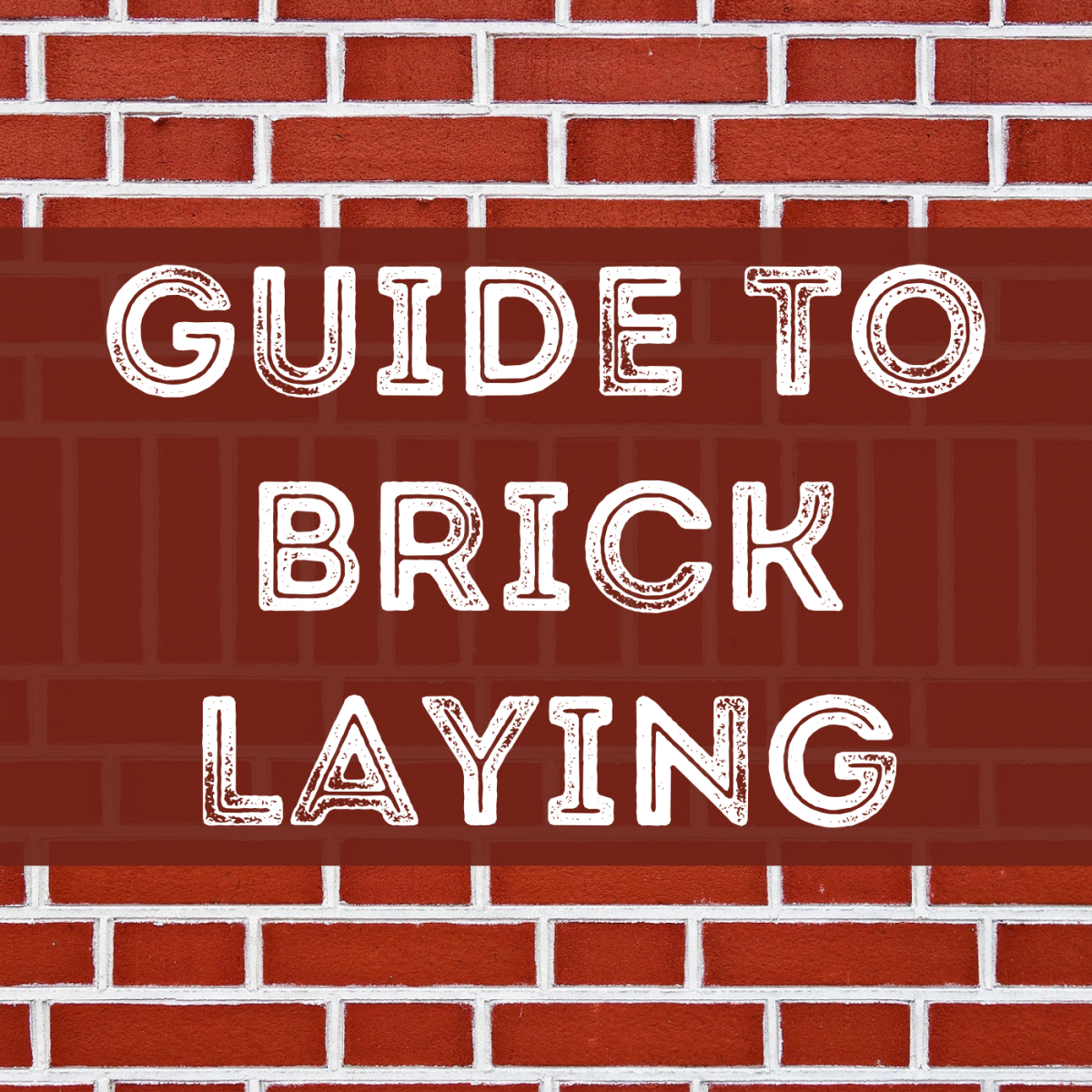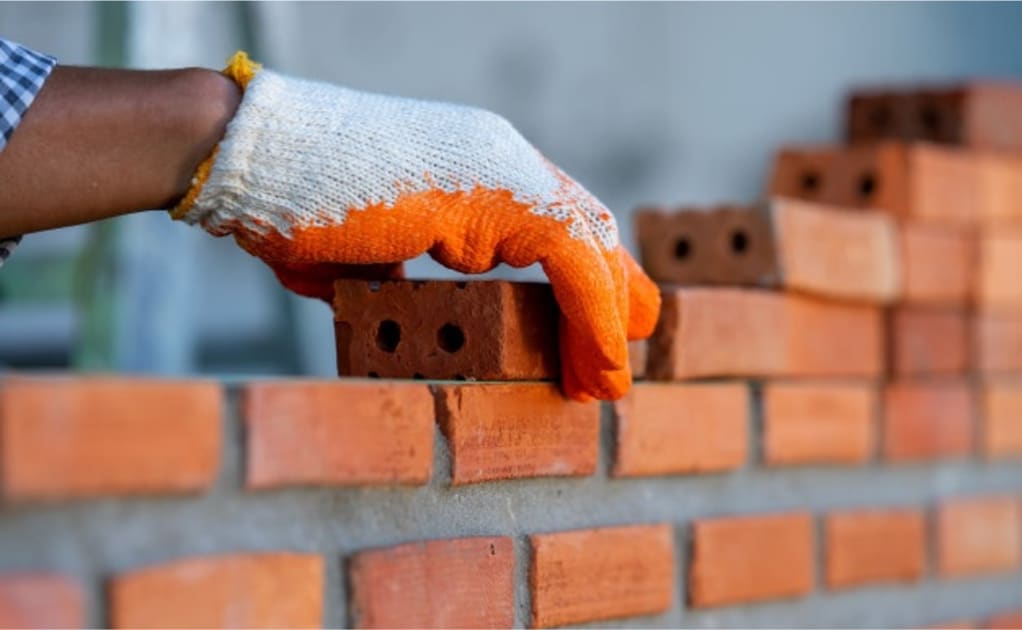The Best Guide To Bricklayer Auckland
Facts About Bricklayer Auckland Revealed
Table of ContentsThe Ultimate Guide To Bricklayer AucklandFascination About Bricklayer AucklandWhat Does Bricklayer Auckland Do?Getting The Bricklayer Auckland To WorkUnknown Facts About Bricklayer AucklandBricklayer Auckland Things To Know Before You Get This
Bricks must constantly be stacked on slabs; never ever load them directly on unequal or soft ground. Do not keep blocks on scaffolds or runways.Other than where piled in sheds, block piles ought to never ever be more than 7 feet high. When a heap of block reaches an elevation of 4 feet, it needs to be tapered back 1 inch in every foot of height over the 4-foot level. The tops of block stacks should be maintained degree, as well as the taper need to be kept throughout unpiling procedures.
Structural bond refers to just how the private masonry units interlock or loop right into a solitary architectural unit. You can achieve structural bonding of brick and also tile walls in one of the adhering to 3 means: Overlapping (interlocking) the stonework systems. Embedding metal incorporate attaching joints. Utilizing cement to adhere surrounding wythes of stonework.
The Buzz on Bricklayer Auckland
Pattern bond refers to the pattern formed by the masonry devices and also mortar joints on the face of a wall (Bricklayer Auckland). The pattern may result from the structural bond, or it may be totally attractive as well as unrelated to the architectural bond. Number 4-4 shows the 6 standard pattern bonds in common usage today.
The running bond is the easiest of the 6 patterns, containing all cots. Because the bond has no headers, metal ties generally develop the structural bond. The running bond is used mainly in dental caries wall building, brick veneer wall surfaces, and encountering ceramic tile wall surfaces made with extra vast stretcher ceramic tile.
Excellent bricks need to not degenerate when positioned in water. Just when fat lime or clay mortar is used or when one is compelled to utilize bricks that are not well scorched, this soaking guideline has actually to be unwinded.
More About Bricklayer Auckland
In all instances, bricks ought to not be handled in baskets or in any type of various other mode which will certainly damage the intensity of their sides. Just how do you build a stonework wall? The operation of bricklaying in normal basic job is as follows. A layer of mortar is infected cover the full size of the wall surface for an appropriate length of the reduced training course.
Finally, we push the side bulging mortar in firmly to be degree with the face of the wall surface if it is to be left unplastered. In the typical method taken on by many masons, a row of bricks is initial positioned on a thin layer of bed mortar leaving the cross joints empty.


Purely this is not an excellent practice. (Nevertheless, when making use of concrete mortar of high toughness, the loss of toughness as a result of violation of these rules may be just low.)The walls are elevated absolutely plumb. All courses are laid genuinely horizontal as well as all upright joints genuinely upright. Vertical joints in alternate courses must come straight, one over the other.
Our Bricklayer Auckland PDFs
For this purpose, a wooden straight edge Read Full Article with college graduation offering a thickness of each brick training course including joint can be used for support. For a thick wall surface, the above operation is repeated together with both faces of the wall and the interior filling up bricks for the thick wall surface are laid in a similar way.
This operation of filling open joints is labelled flushing-up. It is wrongly omitted for numerous courses on some badly-executed jobs and also just done after that (not after every program) in an ineffective fashion. It is not a great method as well as needs to be prevented as it is vital that every training course must be purged approximately the degree if excellent work is required.

Indicators on Bricklayer Auckland You Should Know
The mortar rising as well as filling browse around these guys the vertical joints completely and forms an extremely solid and also strong wall surface. This is referred to as larrying. For a rat trap bond work (as in the building and construction of cavity wall surfaces), if the mortar is put carelessly on the block, some of it will come under the cavities and also will be wasted.
The face of the brickwork shall also be cleaned of all mortar droppings, and so on(ii) When circumstances provide it necessary to continue a section of a building in unequal training courses, the work shall be developed back (according to the bond used on the work) at an angle not steeper than 45 degrees so regarding ensure an uniform as well as effective bonding.
Or else, for faces to be plastered, finishing of the face joints should be brought out as gone over in listed below (This is extremely essential.)(iv) The wall surfaces need to be evenly raised all over not leaving any kind of component one metre (three feet) lower than the various other - Bricklayer Auckland. A day's job ought to not be more than 1.
A Biased View of Bricklayer Auckland
When the facework is to be later plastered or the joints alone are to be sharp, the joints must be raked while the wall is being constructed. Bricklayer Auckland. It needs to be raked to a minimal deepness of 12 mm by a raking tool throughout the progress of the work itself, when the mortar is still environment-friendly.
If gluing or directing is not imagined, the joints have to be struck flush and finished at the time of laying itself, as already specified. Half-brick wall click to read surfaces have a tendency to fracture unless treatment is taken in its building and construction. Brickwork in half-brick stonework is to be executed with stretchers in 1: 5 mortar.